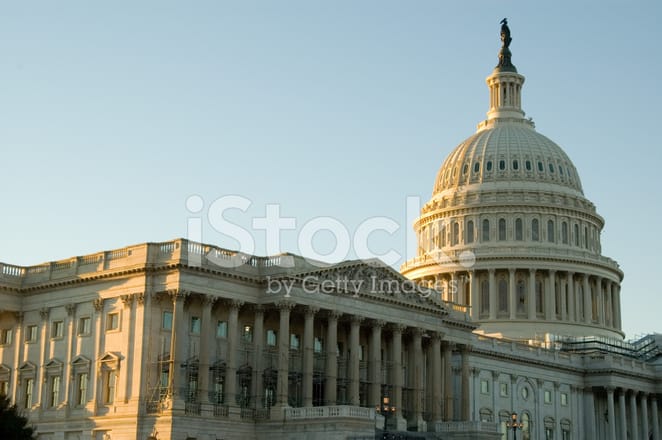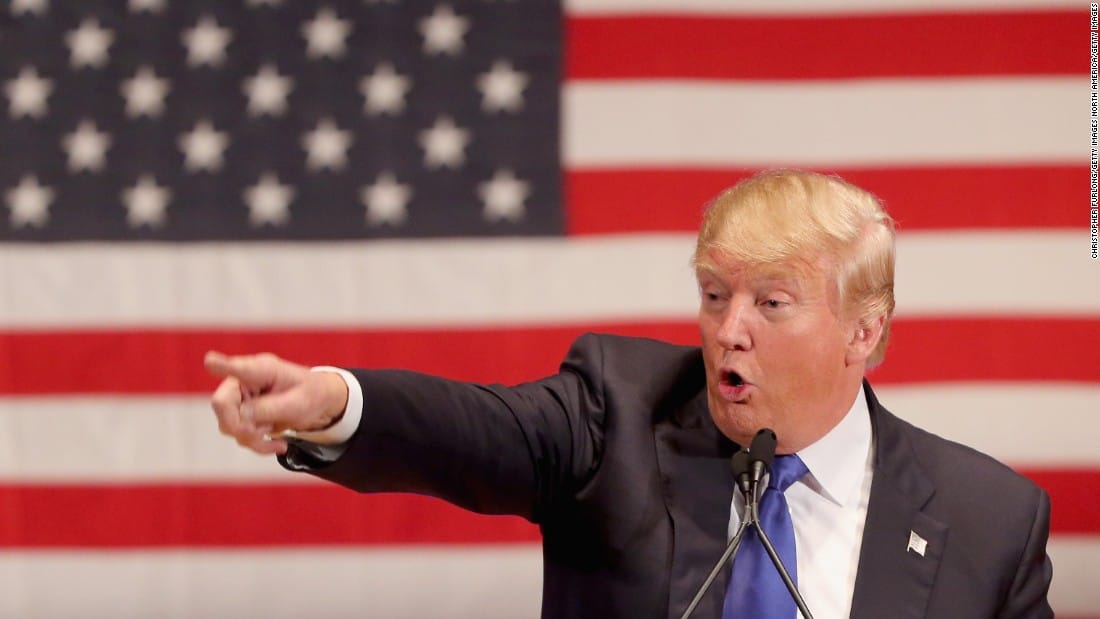The increasingly strained relations between Democrats and President Donald Trump have reached new heights as the March 14 deadline for preventing a government shutdown approaches. Democratic lawmakers are wrestling with limited strategic options to use this critical juncture as leverage without compromising their political standing or endangering federal workers and agencies.
The crux of the standoff revolves around the starkly divided priorities outlined by President Trump and Congress. On one side, Trump has been pushing for significant funding cuts to federal programs and aiming to wield broader executive power through unilateral decisions. On the other, Democrats aim to retain critical government functions, while attempting to block proposals they see as detrimental to long-term national interests.
House and Senate Democrats are currently engaged in intense deliberations to determine how far they are willing to push the confrontation. Rank-and-file members of the party have voiced eagerness to adopt an aggressive approach. They argue that the potential halt of government functions might be an effective way to curb actions they view as extreme. However, others within the party are more reticent about such a high-stakes tactic, pointing to the risk of being held culpable by the public if the situation deteriorates.
Hakeem Jeffries, the House Minority Leader, recently articulated his party’s position, saying that Democrats intend to use government funding negotiations as an opportunity to challenge several executive orders issued by the administration. However, he clarified that any potential shutdown must clearly reflect the responsibility and decisions of the White House, cautioning against hasty actions that could backfire on Democrats.
Observers note that the Democrats’ leverage in this confrontation is somewhat circumstantial. In the current composition of Congress, the Democratic party’s input is critical to passing any federal spending legislation. Yet this leverage comes with strings attached. Public opinion has traditionally been unfavorable towards any party associated with disfunction or the cessation of government services. This leaves Democrats needing to walk a fine line in their deliberations.
Some influential members of the caucus, including Senator Elizabeth Warren and Representative Alexandria Ocasio-Cortez, insist that Democrats must not capitulate to aggressive demands from the administration. These members are vocal about the potential damage of unchecked budget cuts that could erode welfare programs and environmental safeguards. According to them, a clear and unified stance is necessary to reflect their base’s values and expectations.
The Democrats’ strategy discussions are further complicated by varying constituencies within the party itself. The centrist wing of the party seeks less confrontational approaches, emphasizing long-term durability of bipartisan negotiations. They argue that such strategies are key to preserving voter confidence ahead of future elections.
Despite internal disagreements, the party has consistently emphasized its concerns over specific proposals emanating from the White House, such as plans to significantly downscale regulatory agencies and cut their budget allocations. The potential gutting of crucial government programs has spurred broader calls within the party to use all available means to counteract Trump’s agenda.
Meanwhile, Republicans remain equally entrenched in their positions, publicly blaming Democrats for obstructing progress in Washington. As debates play out on Capitol Hill, statements from the White House suggest that the administration views the shutdown threat as a negotiable issue rather than an unavoidable crisis. Such a stance could complicate the negotiation dynamics further, as Democrats attempt to draw a line between necessary compromises and non-negotiable priorities.
This high-stakes standoff is undoubtedly a complex issue beyond simple partisan divides. Analysts suggest the broader casualties of a prolonged shutdown would be federal employees, public services, and the overall economy, raising the stakes of any decision made by lawmakers.
Broader questions also loom over this moment. How much capital are Democrats willing to spend in their opposition to Trump’s agenda, and how do they calculate the broader political fallout if Congress fails to avert the disruption?
Time is running out for both sides to forge a resolution. While both camps prepare to make their cases to the public, pressure is mounting to ensure funding agreements are reached without undermining the nation’s institutions and undermining trust in governance. For Democrats, the challenges lie in finding a unified approach that can weather external criticisms, internal divisions, and maintain strategic pragmatism in this political battle.


